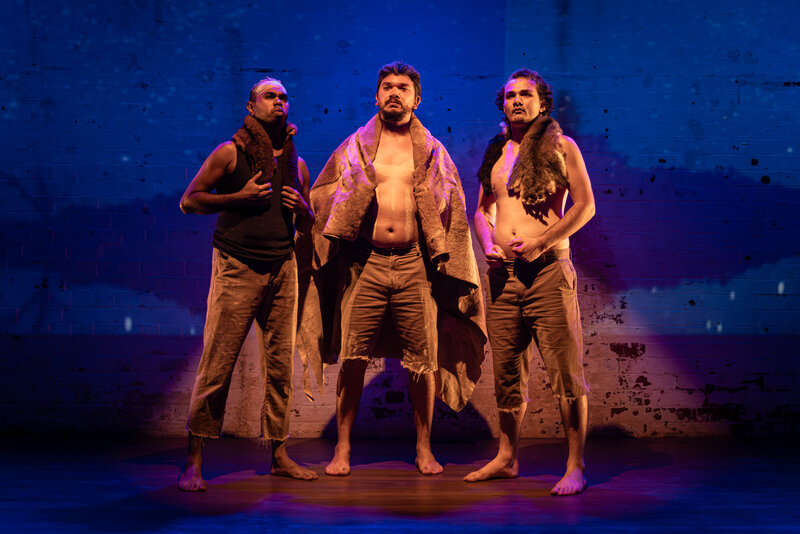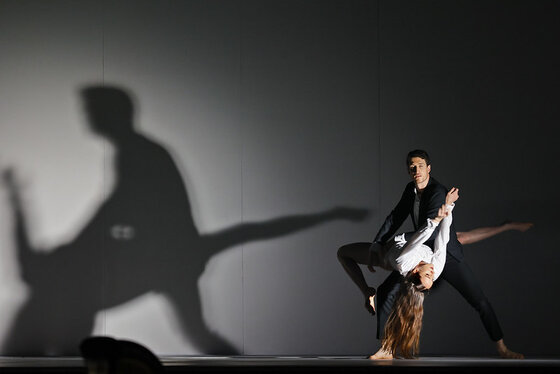Australian born filmmakers James Wan and Leigh Whannell are certainly beginning to carve out a niche in Hollywood as purveyors of well crafted horror movies that have defined the genre over the past few years. They are best known as the creators of the gory Saw franchise and other formulaic scary films like Insidious and The Conjuring, which have all done well at the box office.
However, even hard core horror fans may be hard pressed to find much to recommend about this largely uninspired and unnecessary second sequel to the box office hit Insidious. The original Insidious was a taut horror film, but it didn’t really need a sequel. The fact that the sequel out-grossed the original at the box office means that we get this third entry into the series, whether it was needed or not.
 Despite being subtitled Chapter 3, this film actually serves as a prequel to the first two Insidious movies. It is set a couple of years before the supernatural activity that haunted the Lambert family, and it shows how the feisty psychic Elise Rainier (played by series regular Lin Shaye) meets the two hapless parapsychologists Tucker and Specs (played by Angus Sampson, sporting an impressive mohawk, and Whannell himself).
Despite being subtitled Chapter 3, this film actually serves as a prequel to the first two Insidious movies. It is set a couple of years before the supernatural activity that haunted the Lambert family, and it shows how the feisty psychic Elise Rainier (played by series regular Lin Shaye) meets the two hapless parapsychologists Tucker and Specs (played by Angus Sampson, sporting an impressive mohawk, and Whannell himself).
The victims of a malevolent supernatural presence here are the Brenners – an incapacitated teenage girl and her widowed father (played by Dermot Mulroney). Aspiring young actress Quinn Brenner (Stefanie Scott, from TV series A.N.T. Farm) seeks out the psychic Elise looking for help in trying to communicate with her recently deceased mother. Quinn believes that her mother has been trying to contact her from the spirit world. But haunted by her own tragedy Elise has recently given up her practice as a medium. Instead she warns Quinn that in trying to contact the dead always attracts other dead souls. “If you call out to one of the dead,all of them can hear you,” she says.
Quinn finds herself being followed by a strange being and hearing strange noises. Then one night after leaving an audition she is hit by a car, leaving her with two broken legs and bedridden in her father’s house. Like James Stewart’s character in the classic Rear Window she is vulnerable and powerless to really act when danger comes calling. Soon after her near death experience, Quinn is attacked by a malevolent spirit, known only as the man who can’t breathe, who seems to have followed here.
Their apartment block itself has a haunted history as a woman who lived upstairs recently died as well. There is an increase in sinister paranormal activity that scares the living daylights out of Quinn and her father Sean and her younger brother. Elise comes to the rescue and crosses over into The Further to try and save Quinn from the demonic presence that is pursuing her. But after a fight with a vicious demon, Elise refuses to continue, fearing for her own life and safety. In desperation Sean turns to a pair of supernatural bloggers who claim success in defeating demons. Enter Tucker and Specs, who join forces with the reluctant Elise to save Quinn.
With his creative partner James Wan moving onto better and bigger things with Fast & Furious 7, the directorial reins fall on the shoulders of co-creator and writer Whannell, who makes his directorial debut here. As a writer, Whannell seems to have a great understanding of the horror genre, but as a director he lacks experience and any real understanding of pacing and rhythm.
The film offers pretty much the same as the previous two films in terms of things that go bump, spectral beings moving from the otherworld to claim souls from this world, the occasional jolt to ensure that the audience is still awake. The demographic audience of male adolescents will probably still enjoy it though.
Insidious Chapter 3 seems to borrow tropes from any number of other haunted house movies, from The Amityville Horror through to more recent fare like The Conjuring and Annabelle, and even the recent remake of Poltergeist, albeit without offering anything particularly fresh, original, or particularly scary. Nor does Insidious Chapter 3 does not really add to the mythology established by the first two films.
The characters are largely cliches and bland stereotypes, and will be familiar to audiences from numerous other haunted house stories. Mulroney delivers a strangely bland performance as Quinn’s hapless father who seems at a loss to comprehend all that is happening around him. Scott has a strong presence and plays the vulnerable victim quite well, and she finds a mix of strength and fragility; although it is a role that doesn’t stretch her much as an actress.
The character of Elise has been one of the standouts of the series, and here Shaye makes the most of a more physically demanding role. She has a solid presence that grounds the film. We get more of her backstory here too, as we learn that she is grieving over the recent suicide of her husband (played by Adrian Sparks).
Visually the film follows the template established by Wan, with lots of dark rooms and shadows to heighten the uneasy mood. Brian Pearson’s cinematography is suitably gloomy and uses natural lighting to heighten the tension. Justin Raleigh’s special effects makeup contributes to the frightening look of the main villain here, and a haunting string laden score from regular composer Joseph Bishara further underscores the mood. But Whannell’s tentative direction lacks Wan’s sense of flair and vitality. His handling of the formulaic material is derivative and workmanlike, and his pacing, particularly in the first hour, is uneven.
Director: Leigh Whannell
Cast: Dermot Mulroney, Stefanie Scott, Lin Shaye and Angus Sampson
Release date: 16 July 2015
Rating: M
Greg King

David Edwards is the former editor of The Blurb and a contributor on film and television




